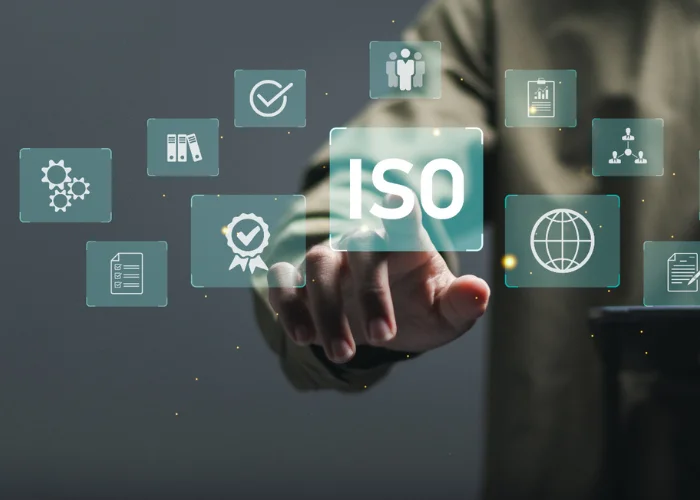
ISO/DIS 9001:2025 Published
ISO/DIS 9001:2025 was published on August 22nd, 2025 and is in wide circulation for comments.
The Draft International Standard (DIS) is a strong indicator of what to expect in the upcoming ISO 9001:2026 standard. These standards evolve through revisions to align with current business practices, societal needs, and emerging business trends. They also aim to help organizations adopt practices seen in leading, high-performing companies.
Why the Changes Matter
The updates are significant because they guide organizations, regardless of size, industry, or location, on a journey toward best practices. Paying attention to these changes can provide a competitive edge.
What to Expect Next
The Final Draft International Standard (FDIS) is anticipated by mid-2026. This version will be released after incorporating feedback from various Standards Development Organizations (SDOs) and national standards bodies worldwide.
Key Changes in the ISO 9001:2025 Draft International Standard (DIS)
The Draft International Standard (DIS) for ISO 9001:2026 introduces several notable changes to the quality management system (QMS) standard. These updates aim to align the standard with modern business practices, technological advancements, and a growing focus on sustainability and corporate governance.
Shift to Harmonized Structure (HS)
The standard is moving from the High-Level Structure (HLS) to the new Harmonized Structure (HS). This subtle but important change brings ISO 9001 into alignment with other management system standards that have adopted the HS framework. This ensures greater consistency and easier integration for organizations that manage multiple standards simultaneously.
Emphasis on Climate Change
A significant addition is the explicit requirement to consider climate change within the QMS. Clause 4.1, "Understanding the organization and its context," now mandates that organizations assess how climate-related issues affect their QMS. This aligns with the broader global emphasis on Environmental, Social, and Governance (ESG) factors, where a robust QMS can support the "governance" aspect.
Focus on Ethical Behavior and Quality Culture
The DIS places a stronger emphasis on people's behaviors to foster a quality culture and ethical conduct. Top management is now explicitly responsible for demonstrating their commitment to both business ethics and quality. They must actively promote behaviors that contribute to an organizational culture focused on producing quality outcomes.
Enhanced Risk and Opportunity Management
The revised standard delves deeper into risk management while also placing a greater focus on opportunity management. Organizations are encouraged to proactively identify and address opportunities, not just mitigate negative risks. This shift promotes a more forward-thinking approach to business strategy and improvement.
Consideration of Digital Technology
The DIS addresses the increasing role of digital technology. Organizations must now consider the control and monitoring of computerized systems, automated processes, and AI-driven applications. This update reflects the current technological landscape and ensures the standard remains relevant in a digital-first world. Data integrity is part of the requirement.
Integration of Change Management
A dedicated focus on change management has been incorporated. The standard now provides guidance on how to effectively plan, communicate, implement, and monitor the effectiveness of changes within the QMS. This helps organizations manage transitions smoothly and maintain system integrity.
Expanded Annex A Guidance
Annex A has been enhanced to provide more practical guidance. This is particularly beneficial for smaller businesses, offering clearer assistance to help them design and implement an effective and well-structured QMS.
For any queries or further information related to our services, please feel free to contact us at info@qacamail.com or call us at +919599619392. We are here to assist you!









